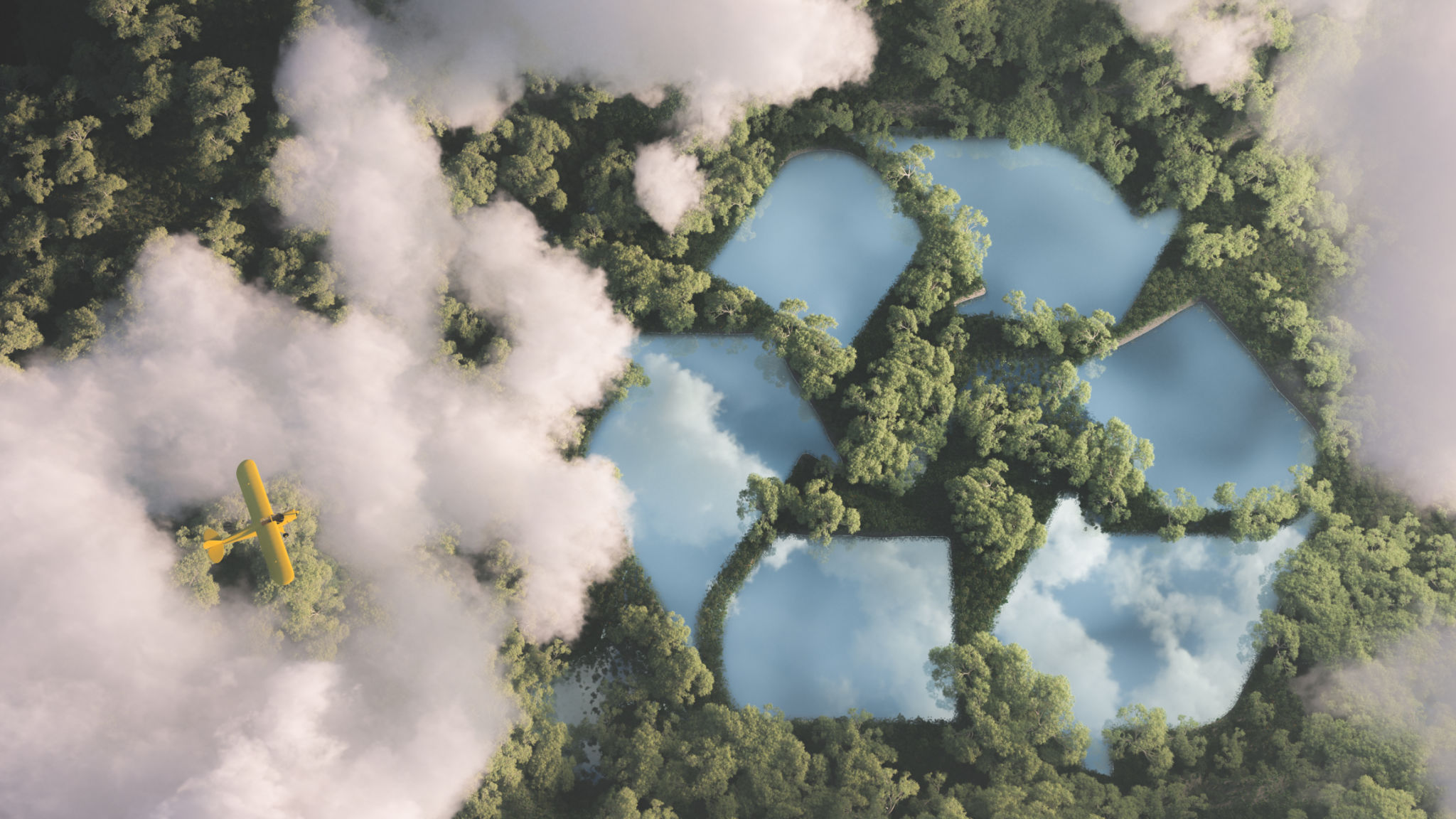Debunking Myths About Coastal Conservation in Ghana
Introduction to Coastal Conservation in Ghana
Coastal conservation is a crucial aspect of environmental preservation, especially in countries like Ghana where the coastline is rich in biodiversity and natural resources. However, there are several myths surrounding coastal conservation efforts that can lead to misunderstandings and hinder effective action.
Myth 1: Coastal Conservation is Only About Protecting Marine Life
While marine life protection is a significant component of coastal conservation, it encompasses much more. Coastal conservation also aims to protect habitats such as mangroves, wetlands, and dunes, which play vital roles in preventing erosion and supporting diverse ecosystems. These areas serve as buffers against storms and are crucial for maintaining the ecological balance.

Myth 2: Conservation Efforts Harm Local Economies
A common misconception is that conservation efforts hinder economic growth by restricting activities like fishing and tourism. However, sustainable practices can actually bolster local economies by ensuring long-term resource availability. For instance, implementing sustainable fishing practices helps maintain fish populations, which supports both local fishermen and the tourism industry.
Eco-tourism is another avenue where conservation positively impacts local economies. By promoting responsible tourism, communities can benefit financially while preserving their natural heritage for future generations.
Myth 3: Coastal Conservation is Too Expensive
While initial investments in conservation projects may seem high, the long-term benefits often outweigh the costs. Healthy coastal ecosystems provide invaluable services such as carbon sequestration, water filtration, and storm protection. These services can save governments and communities substantial amounts of money in disaster recovery and healthcare costs.

Myth 4: Only Governments Can Drive Conservation Efforts
Although governmental support is critical, individual and community actions are equally important. Local communities play a significant role in conservation through initiatives like beach clean-ups, mangrove restoration projects, and advocacy for sustainable practices. Empowering local stakeholders ensures that conservation efforts are culturally relevant and sustainable in the long term.
Additionally, partnerships between governments, non-governmental organizations (NGOs), and private sectors can amplify the impact of conservation projects. Collaborative efforts often lead to innovative solutions and shared resources.

Conclusion: Embracing a Holistic Approach
Debunking these myths is essential for fostering a more comprehensive understanding of coastal conservation in Ghana. By recognizing the multifaceted nature of these efforts, we can better appreciate their importance and contribute to their success. A holistic approach that involves multiple stakeholders and addresses environmental, economic, and social factors is key to sustainable coastal conservation.
As we continue to face global environmental challenges, it is crucial that we dispel misconceptions and support initiatives that protect our precious coastal ecosystems for future generations.